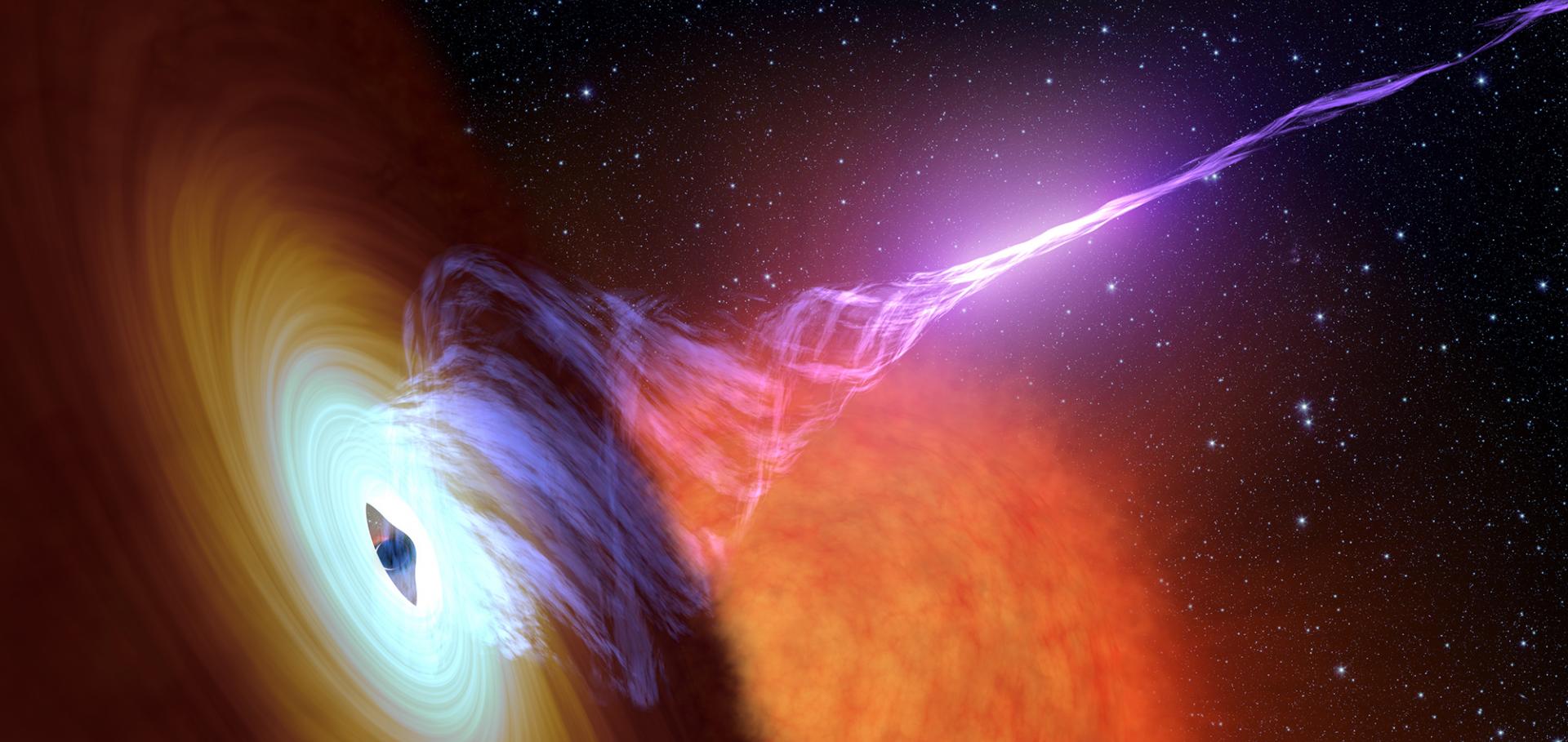Spitzer Reveals Infrared Optically Thin Synchrotron Emission from the Compact Jet of the Neutron Star X-Ray Binary 4U 0614+091
The Astrophysical Journal American Astronomical Society 643:1 (2006) l41-l44
A radio-emitting outflow in the quiescent state of A0620-00: implications for modelling low-luminosity black hole binaries
(2006)
Spitzer Reveals Infrared Optically-Thin Synchrotron Emission from the Compact Jet of the Neutron Star X-Ray Binary 4U 0614+091
(2006)
Opening angles, Lorentz factors and confinement of X-ray binary jets
Monthly Notices of the Royal Astronomical Society Oxford University Press (OUP) 367:4 (2006) 1432-1440
INTEGRAL/RXTE high-energy observation of a state transition of GX 339–4
Monthly Notices of the Royal Astronomical Society Oxford University Press (OUP) 367:3 (2006) 1113-1120


